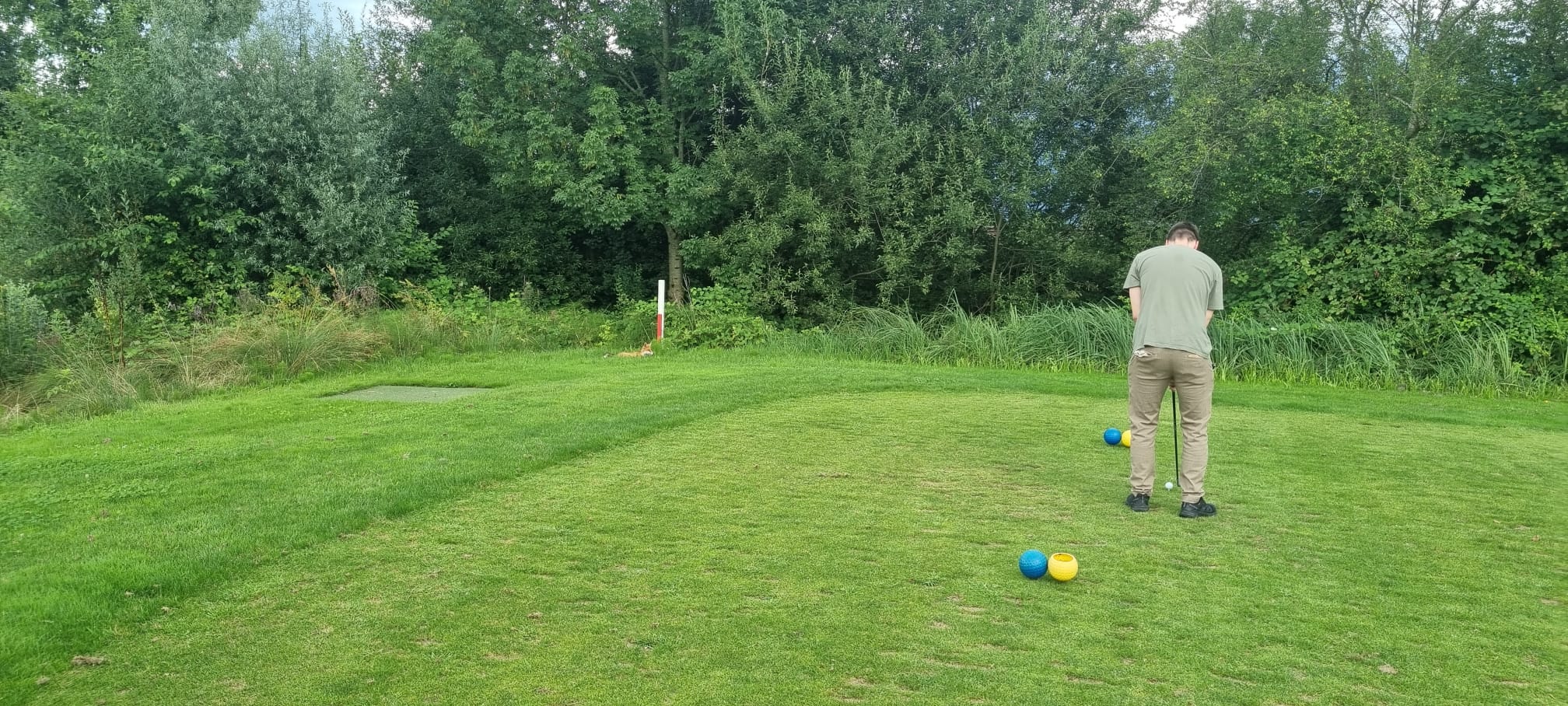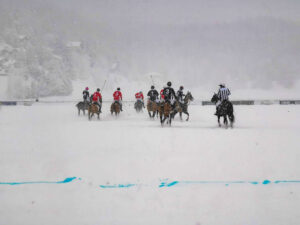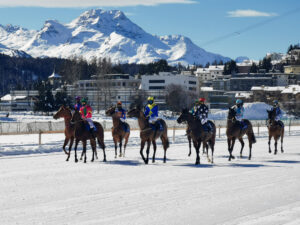It all started innocently enough, way back around 2008. As a kid, I participated in the “Zuger Ferienpass,” a local holiday program, and one of the activities on offer was a golf taster session. I remember thinking it was pretty cool, whacking a ball around a manicured lawn. But like most fleeting childhood interests, it didn’t stick. The memory faded, buried under years of school and university.
Fast forward to 2025. With my studies finally behind me, I stumbled upon an enticing offer for a week-long intensive course to get my “Platzreife” – the official golf license in Switzerland. That distant, pleasant memory from the Ferienpass resurfaced, and combined with the good deal, it was enough to convince me. I signed up, blissfully unaware of the rollercoaster of frustration and hilarity that awaited me.
A “Driver’s License” for the Fairway
For those unfamiliar, the Platzreife (literally “course readiness”) is the golden ticket to the world of golf in Switzerland and other German-speaking countries. It’s essentially a golfer’s driving license, certifying that you know the rules, understand the intricate web of etiquette, and can play at a reasonable pace without endangering yourself or others. To earn it, you must pass both a theoretical and a practical exam.
The Intensive Week: Grim Statistics and a War with the Turf
The course took place from July 7th to 11th at the beautiful Golfpark Holzhäusern. My optimism, however, was quickly confronted by two harsh realities.
The first was a dire warning from our instructors. They informed us that the pass rate for the university student course was notoriously low. “Maybe one in eight of you will pass,” they said, adding that the previous year, a staggering 95
The second reality was my own spectacular lack of talent. The sport was punishingly difficult. My swings were clumsy, and I quickly earned a reputation for one thing: digging the biggest holes in the turf. My divots weren’t just patches of grass; they were craters, monuments to my ineptitude. By the end of the week, I was the undisputed champion of turf destruction. Between the grim statistics and my own performance, my motivation plummeted. I also felt like an alien in the polished world of golf, a culture that didn’t quite fit. Still, I resolved to see it through.
The “Practice” Period: A Masterclass in Mediocrity and a Strategic Surrender
After the course, my desire to play was virtually non-existent. The sport was time-consuming, expensive, and I was terrible at it. I fell into a routine of only playing when a colleague invited me. My scores reflected my apathy, creating a consistent downward spiral:
- August 5, 2025: 13 points
- August 12, 2025: 10 points
- August 19, 2025: 11 points
- September 3, 2025: A soul-crushing 7 points
After that last round, I officially gave up. It was clear this wasn’t working. The combination of the instructors’ statistics and my abysmal scores convinced me that the probability of passing was near zero. My friend continued to practice over the next two months, but I politely declined every invitation. “Look,” I told him, “there’s no chance I’ll pass unless I practice like a madman. I’m not wasting my time on something I have no passion for.” I had better things to do—skydiving, hiking, learning Spanish. I told him I’d see him on exam day, but my training was over. I would treat the exam fee as payment for one last round, since it was already paid for.
Exam Day: The Hiker’s Revenge
The day of the exam, October 25th, was comically dreadful. It was pouring rain, a relentless deluge. As the 21 other students shivered in their stylish golf attire, I arrived ready for a different kind of challenge. I had dressed for the weather, not the sport: crampon-proof hiking boots (Steigeisenfeste Bergschuhe), waterproof gaiters (Gamaschen), rain trousers, a rain jacket, and my trusty hunting hat. I may have looked like I’d taken a wrong turn on my way to a mountain summit, but I was bone dry.
I was in the last group, which meant a wait of over two hours in the miserable weather. But this delay came with a silver lining: unlimited practice balls. So, I stood there and hit about 200 tee shots (Abschläge).
Then, the miracle happened. As soon as my exam began, something shifted. For nine holes, I played the game of my life. My shots were straight and true. I didn’t lose a single ball, a feat I had never come close to achieving before (I usually lost about four per round).
When the final scores were counted, I had 21 points. The passing grade was 18. I had not only passed; I had crushed it.
A Surprising and Awkward Victory
The shock didn’t end there. It turned out I had one of the best score when not the best of the entire day. I, the untrained slacker who had given up two months prior, had out-performed everyone.
The feeling was incredibly mixed. I was ecstatic, but I also felt genuinely bad. I was one of the only ones to pass. There were people there who had been practicing twice a week for months. There were even people re-taking the course from the previous year. They had worked so hard, and they failed. Then there was me, who had done nothing, succeeding with what felt like dumb luck. It was a frustrating and baffling outcome for them, and I couldn’t help but feel a bit guilty. My only advantage, I joked, was that I was the only one smart enough to wear rain trousers.
The Bill and the Bottom Line
This unlikely success story, of course, came with a price tag. Here is a breakdown of my investment into becoming a licensed, albeit reluctant, golfer:
- Intensive Week Course: 480 CHF
- Used Golf Set & Trolley: 250 CHF
- Green Fees (4 practice rounds): 140 CHF
- Golf Balls: 50 CHF
- Total: 920 CHF
In the end, I walked away with a golf license and a fantastic story. I also walked away with the certainty that I will not be pursuing this sport, at least for now. The game is too slow, too boring, and I don’t connect with the culture.
Perhaps I’ll dust off the clubs when I’m 65 and retired, but for the foreseeable future, I’ll stick to hobbies that get my adrenaline pumping a little faster. I have the license, but I have no plans to use it. And that, in itself, is a victory.



